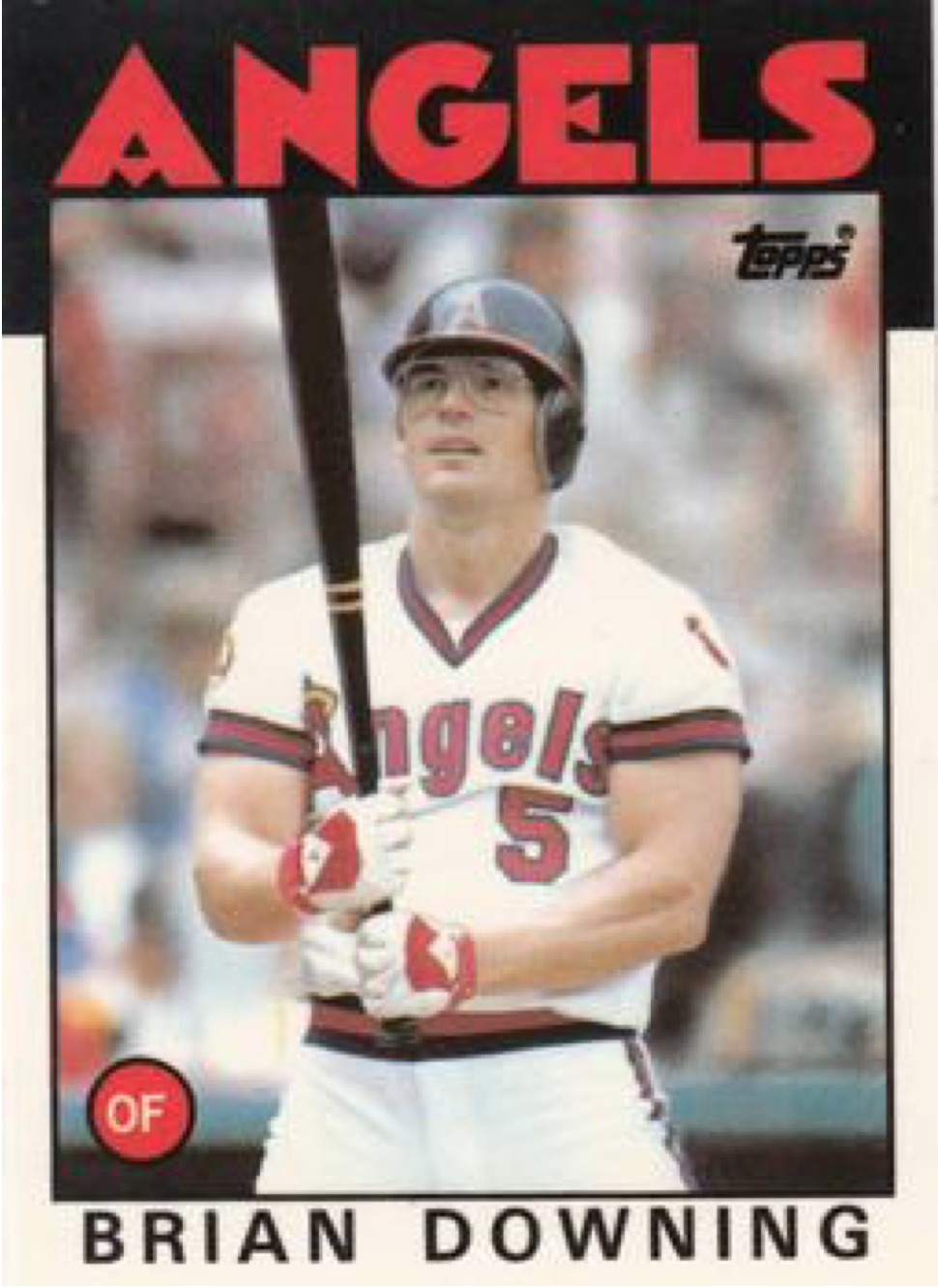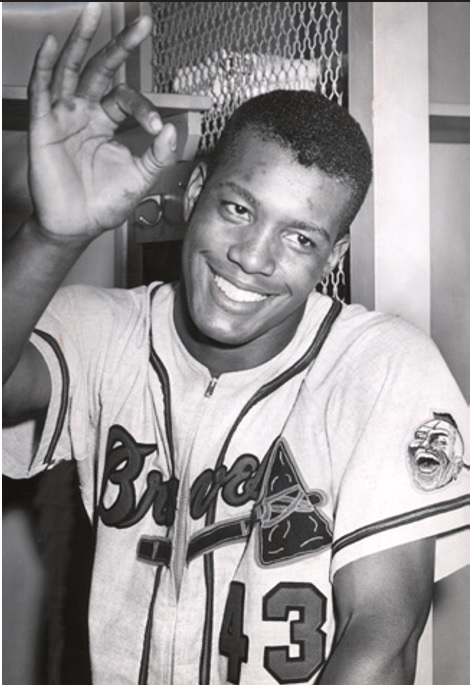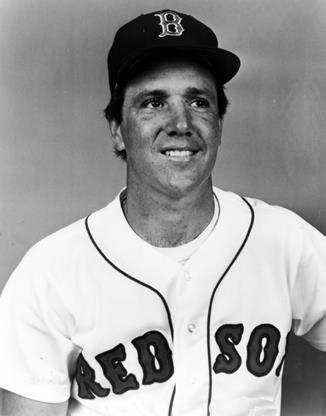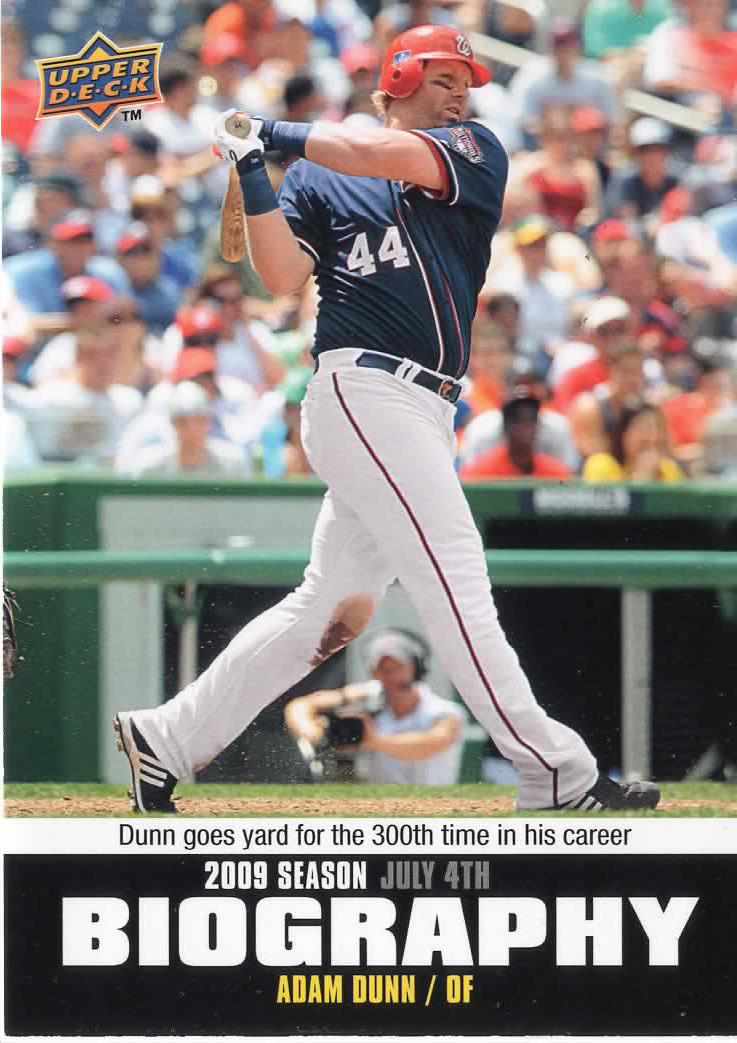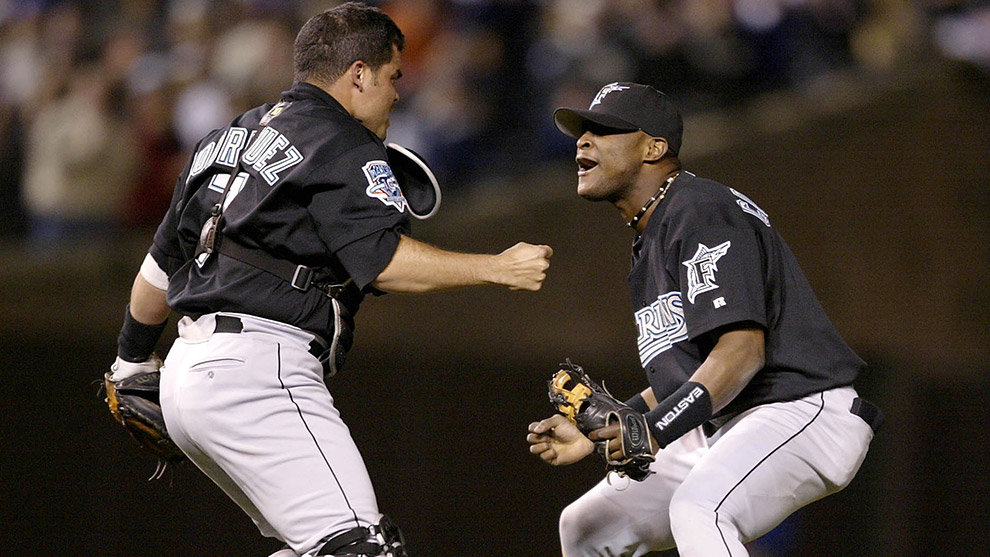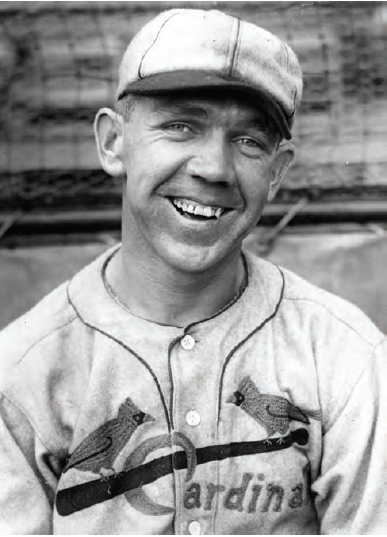October 2, 1979: ‘Pops’ Stargell puts Pirates on top in NLCS opener
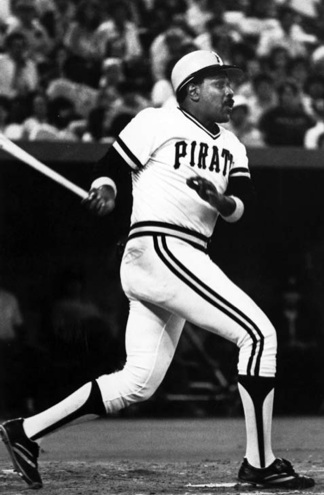 It was a familiar scenario for the Pirates and their fans, and one not likely to foster a bunch of fond memories. Pittsburgh had fielded some pretty good baseball teams in the 1970s, and five of the previous ones had been good enough to win the National League’s Eastern Division. Three of those times in the first half-dozen years of the decade, Fate decreed that they play the Cincinnati Reds for the pennant. First the fledgling Big Red Machine in 1970, the maturing engine in 1972, and then the full-grown monster in 1975. In those three best-of-five series, the Pirates had managed to win two of 11 games. Meanwhile, the Reds had roared through the decade, winning the National League’s Western Division crown six times, finishing second three times, and winning two World Series. They were a team comfortable with dominance.1
It was a familiar scenario for the Pirates and their fans, and one not likely to foster a bunch of fond memories. Pittsburgh had fielded some pretty good baseball teams in the 1970s, and five of the previous ones had been good enough to win the National League’s Eastern Division. Three of those times in the first half-dozen years of the decade, Fate decreed that they play the Cincinnati Reds for the pennant. First the fledgling Big Red Machine in 1970, the maturing engine in 1972, and then the full-grown monster in 1975. In those three best-of-five series, the Pirates had managed to win two of 11 games. Meanwhile, the Reds had roared through the decade, winning the National League’s Western Division crown six times, finishing second three times, and winning two World Series. They were a team comfortable with dominance.1
But this year, 1979, when Cincinnati finished 90-71, it had spent only 45 days in first place, latching onto it to stay in mid-September and finishing only a game and a half ahead of the Houston Astros. The Pirates won their division by two games over the Montreal Expos, winning 98 games in the process, but they had not clinched the NL East title until the final day of the season.
For the playoffs, the Pirates figured to display a little more prowess at the plate than their opponents. They had hit more home runs during the season as a team and scored more runs, garnered more hits, and hit for a higher average. And they stole more bases, too — 77 by leadoff hitter Omar Moreno alone. But both teams sported 99+ OPS. Pirates pitching also appeared slightly superior on paper: better ERA+, WHIP, slightly fewer runs allowed per game, and the league’s best bullpen. One writer suggested that submarining right-handed reliever Kent Tekulve alone accounted for the eight-game difference between the teams in total wins. But one significant fact mitigated this advantage: The Pirates and their playoff opponents had met fully a dozen times in regular league play and the Reds had won eight of those contests, the only team to achieve a positive record against the Bucs that year. And the then best-of-five Championship Series would begin in Cincinnati’s home park, Riverfront Stadium. But playoff baseball is a different kind of animal, and seasonal numbers and comparisons, as inevitable as they are, more often than not can all be thrown out the window in the postseason. And so it was with this series.2
Bucs manager Chuck Tanner chose towering (6-feet-7) southpaw John Candelaria as his starter for Game One, something of a surprise. Although he led the Pirates staff in wins (14) as well as losses (9) and complete games (9) with a respectable 3.22 ERA, he’d been plagued most of the season with rib and back problems. Candelaria had not started since mid-September. And on his last outing, in relief on September 27 against the Cardinals, he faced four batters and gave up three hits. During the season he had started three times against the Reds, who beat him up twice, while the third game was a no-decision. But, said Tanner, “Candy is a money pitcher, and he said he’s ready. So he’s our man.”3 Joe Morgan, the future Hall of Fame second-sacker for the Reds, thought Tanner’s choice gave Cincinnati the advantage.4
As well he might, for John McNamara, the Reds’ skipper, had designated veteran righty Tom Seaver, another future Hall of Famer, 11-time All-Star, and three-time NL Cy Young Award winner, as his starter. Seaver had legitimate ace credentials. He had gone 16-6 during the season. — winning 14 of his last 15 decisions — with a sparkling 3.14 ERA, and he led the staff in every pitching stat category that mattered. And he would be pitching at home. Only the weather mottled the picture. Although with the temperature in the mid-60s and only the barest whisper of a breeze, the outfield was treacherous; the game had been delayed 45 minutes by rain.5
Neither pitcher would be facing exactly creampuff lineups. The Pirates had a passel of formidable bats: Six out of their eight starting position players sported batting averages over .280, led by midseason acquisition Bill Madlock (.325) and 1978 NL MVP right fielder Dave Parker (.306). And Parker, who was among the league leaders that year with a 6.7 WAR, along with first baseman Willie “Pops” Stargell combined for 57 home runs, 176 RBIs, and a .904 OPS, power not to be trifled with. Not that the Reds were slackers at the plate. They had four .300 hitters, including left fielder George Foster, who led the team in homers with 30. (The others were 26-year-old Ray Knight, who hit .318 to lead the team, and outfielders Dave Collins and Ken Griffey Sr.6)
The 55,006 fans jamming Riverfront that Tuesday evening got treated to a splendid game that went 3 hours and 14 minutes. Both starting pitchers lived up to their hype. Supposedly shaky Candelaria delivered seven strong innings, gave up only five hits and a pair of runs before leaving with a sore rib cage. Seaver went Candy one better, also giving up five hits, but going eight strong innings, retiring the last 10 Bucs he faced. But he too had surrendered two runs. So with the Reds coming to bat in the bottom of the eighth, the game was knotted at two runs apiece.7
The Pirates had drawn first blood in their half of the third inning. Leading off, on a 2-and-0 count, second baseman Phil Garner, who had hit only 11 homers during the season, drilled an opposite-field round-tripper into the right-field stands, his first and only postseason dinger. After Candelaria struck out, speedy Omar Moreno stroked a low liner to right that Collins misplayed; the ball rolled to the wall, and Moreno ended up with a triple. Shortstop Tim Foli’s fly ball to medium right-center easily plated Moreno, and the Pirates had a two-run lead. Which lasted all of one inning. In the bottom of the fourth, the Reds got to Candelaria for two runs themselves. Shortstop Dave Concepcion led off the inning with a single, and then Foster muscled the first pitch he saw from Candelaria over the wall in left.8
The game remained tied for the next six innings. Cincinnati mounted a serious threat in the bottom of the eighth inning. Long-haired, black-bearded right-hander Enrique Romo started the inning in relief of Candelaria and quickly got into trouble, surrendering a one-out single to Collins, who stole second. After Romo walked Morgan on four pitches, Tanner, as he had done 94 times that season, called on Kent Tekulve to quell the flames. Which he did, inducing Concepcion to hit into an around-the-horn double play.9
In the top of the 11th inning, old man Willie Stargell, 38, put the game on ice for the Pirates. After Foli singled to left and Parker followed with a sharp single through the infield, Stargell sent reliever Tom Hume’s first pitch to him out of the park in right-center for a three-run homer. Not to be outdone so easily, the Reds scared the daylights out of Pittsburgh fans by loading the bases with two out in the bottom of the inning against relievers Grant Jackson and Don Robinson. But the big right-hander Robinson, normally a starter, saved the game by getting Ray Knight to whiff.
The Pirates were in the catbird seat. All they had to do now was play .500 ball the rest of the NLCS, and the pennant would be theirs.
This article appeared in “When Pops Led the Family: The 1979 Pitttsburgh Pirates” (SABR, 2016), edited by Bill Nowlin and Gregory H. Wolf. To read more game stories from this book at the SABR Games Project, click here.
Notes
1 All statistical data in this article derived from baseball-reference.com.
2 Jim Naughton, “Pirates Rely on Candelaria,” New York Times, October 2, 1979.
3 Charlie Feeney, “Tanner Names Candelaria Surprise Starter,” Pittsburgh Post-Gazette, October 2, 1979.
4 Ibid.
5 Ibid.; retrosheet.org/boxesetc/1979/B10020CIN1979.htm. The Pirates had hit Seaver hard during the one start he had against them during the year, but he did not figure in the decision.
6 Knight in 1979, at least, turned out to be a more-than-suitable replacement for Pete Rose, who had left the Reds for the Phillies in the offseason.
7 Joseph Durso, “Pirates Win in 11 on Stargell Homer,” New York Times, October 3, 1979.
8 Ibid.
Additional Stats
Pittsburgh Pirates 5
Cincinnati Reds 2
11 innings
Game 1, NLCS
Riverfront Stadium
Cincinnati, OH
Box Score + PBP:
Corrections? Additions?
If you can help us improve this game story, contact us.


